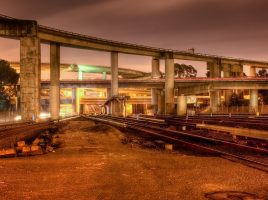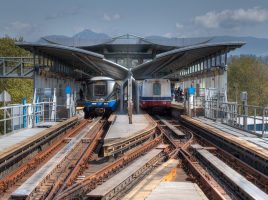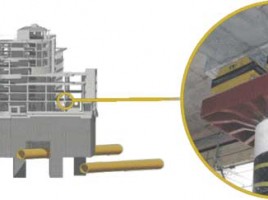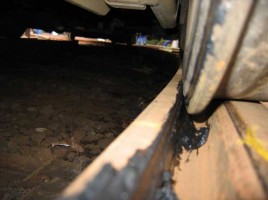
Rail Transit 2018: Quantifying Wheel/Rail Interaction and Managing Noise and Vibration
By Bob Tuzik For three years running, New York City Transit and the Federal Transit Administration have kicked off the annual Wheel/Rail Interaction – Rail Transit conference with discussion of the NYCT/FTA research project to explore integrated wheel/rail analytics on MTA-NYCT’s No. 7 Flushing Line. It’s a fitting start to …






